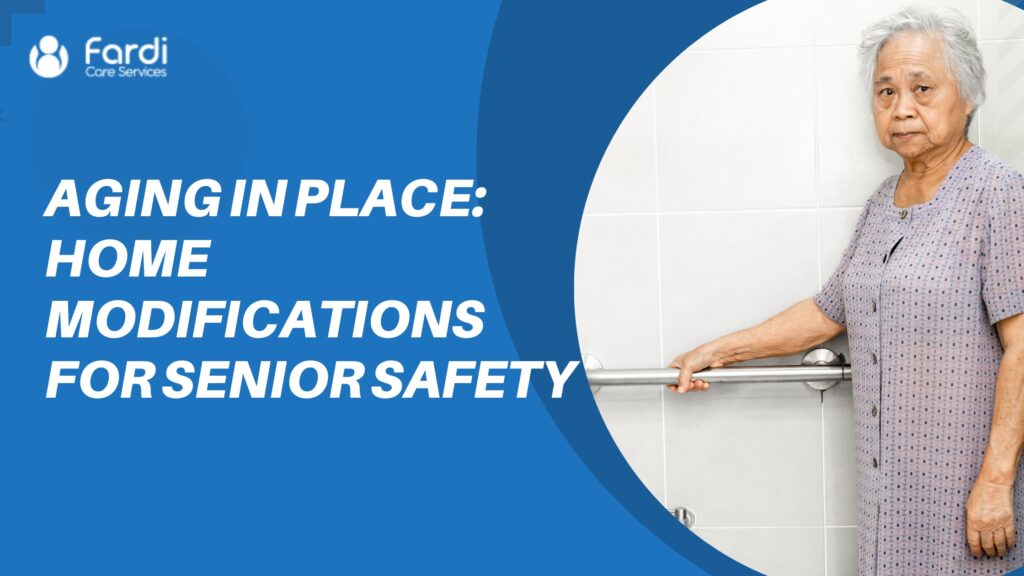Aging in place, or the ability for seniors to live independently in their own homes as they age, is a goal cherished by many older adults in Minneapolis. To achieve this, it’s crucial to make necessary home modifications that prioritize senior safety and accessibility. In this blog, we will explore essential home modifications that enhance senior safety, allowing them to age in place comfortably and securely.
The Benefits of Aging in Place
Aging in place offers numerous advantages for seniors:
- Familiarity: Seniors remain in a familiar environment surrounded by cherished memories and a sense of belonging.
- Independence: Aging in place promotes independence and autonomy, allowing seniors to maintain control over their daily lives.
- Mental Well-Being: Staying in their own homes often contributes to better mental health and emotional well-being.
- Community Connection: Seniors can continue to engage with their local community, friends, and neighbors.
Essential Home Modifications for Senior Safety
To create a safe and comfortable environment for aging in place, consider the following home modifications:
1. Bathroom Safety
- Install grab bars near the toilet and in the shower or bathtub to assist with stability and prevent slips and falls.
- Use non-slip bath mats to reduce the risk of accidents.
- Consider a raised toilet seat to make sitting and standing easier.
- Ensure there is proper lighting in the bathroom, including night lights for nighttime visits.
2. Kitchen Accessibility
- Lower countertops or create seated workspaces for meal preparation.
- Install lever-style faucet handles for easier use.
- Ensure that essential kitchen items are within easy reach to minimize the need for bending or stretching.
3. Stair Safety
- If possible, create a bedroom or living space on the ground floor to avoid the need to navigate stairs.
- Install handrails on both sides of staircases.
- Ensure that staircases are well-lit, with switches at the top and bottom.
4. Flooring
- Remove or secure loose rugs and carpets that could cause tripping.
- Consider replacing flooring with non-slip options, such as hardwood or non-slip tile.
5. Doorway and Hallway Accessibility
- Widen doorways and hallways to accommodate mobility aids like wheelchairs or walkers.
- Install lever-style door handles for ease of use.
6. Bedroom Comfort
- Choose a comfortable and easily accessible bed.
- Ensure that the bedroom is well-lit, with switches near the bed.
- Install bed rails or a bedside commode for added safety.
7. Home Security
- Invest in a home security system with features like emergency buttons or fall detection.
- Consider smart home technology that allows remote monitoring and control.
8. Outdoor Accessibility
- Ensure that pathways and entryways are well-maintained and free from tripping hazards.
- Install handrails for outdoor stairs or ramps if needed.
9. Emergency Preparedness
- Create an emergency plan with easy-to-follow instructions in case of power outages or other emergencies.
- Ensure that there are smoke detectors and carbon monoxide detectors throughout the home.
The Role of Caregivers and Family
Caregivers and family members play a crucial role in ensuring the safety of seniors aging in place:
- Regularly check the home for potential hazards and address them promptly.
- Provide emotional support and companionship to combat feelings of loneliness and isolation.
- Assist with transportation and errands, ensuring seniors have access to essential services and social activities.
Professional Assistance for Home Modifications
In many cases, it may be necessary to seek professional assistance for home modifications. Consider consulting with:
- Contractors: For structural changes, such as widening doorways or installing ramps.
- Occupational Therapists: They can assess the home and recommend specific modifications to improve safety and accessibility.
- Home Health Agencies: Some agencies offer home assessments and can connect you with qualified professionals for modifications.
Funding Home Modifications
Funding home modifications can be a concern for seniors. Here are some options to explore:
- Medicare and Medicaid: In some cases, these programs may cover the cost of certain home modifications.
- Veterans Affairs (VA): Veterans may be eligible for home modification assistance through the VA.
- Grants and Assistance Programs: Some nonprofit organizations and government agencies offer grants or low-interest loans for home modifications.
- Home Equity Loans: Seniors with significant home equity may consider a home equity loan or reverse mortgage to fund modifications.
Conclusion
Aging in place is a cherished goal for many seniors in Minneapolis, and with the right home modifications, it can be a safe and comfortable reality. By prioritizing senior safety and accessibility through bathroom modifications, kitchen adjustments, and other enhancements, families and caregivers can help seniors enjoy their independence and maintain their well-being.
Remember that each senior’s needs are unique, so it’s essential to assess the home and tailor modifications accordingly. Whether through DIY projects or professional assistance, creating a senior-friendly environment can significantly improve the quality of life for seniors aging in place.


